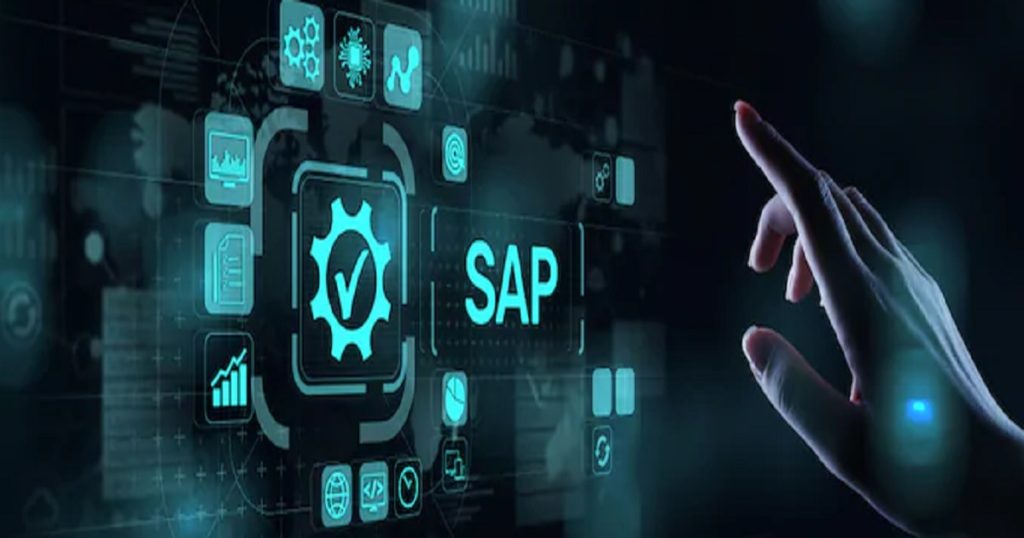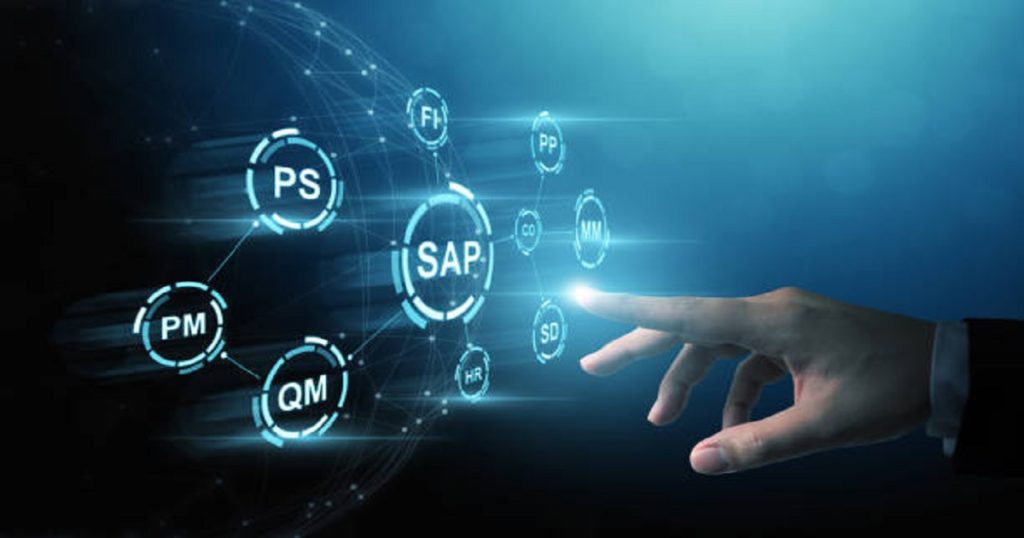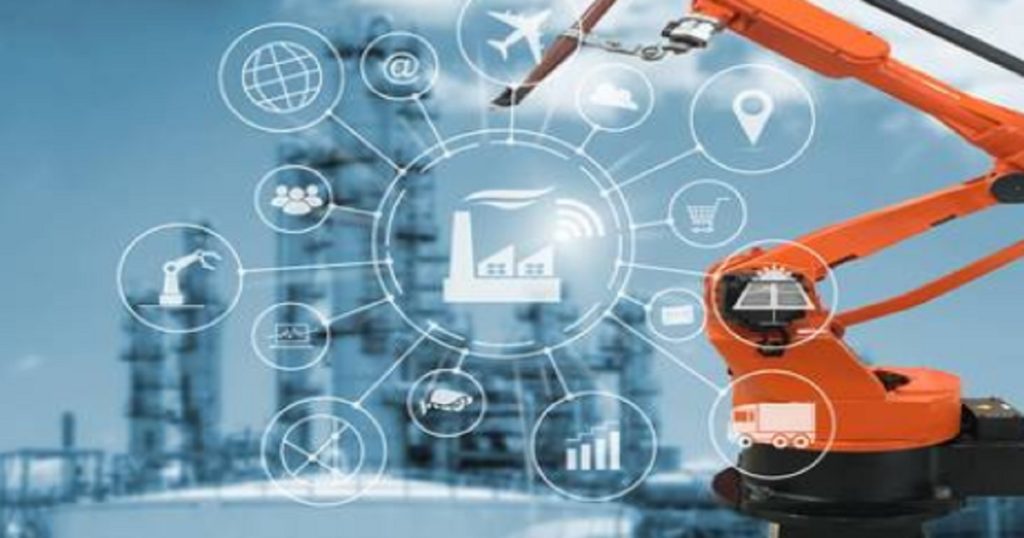Prepare to Transform the SAP Core Infrastructure

What does a move to SAP HANA mean for your infrastructure?
SAP’s HANA database and business applications offer a powerful path to increased efficiency and better business intelligence, but SAP’s software products are only part of the solution. Your SAP environment is built on top of a ‘core set’. Or another way of saying it, your SAP environment is your ‘new home build’, and the core set is “the foundations for the new home”. Consequently, to get the best out of your transition to SAP HANA, you must prepare a versatile, well-integrated infrastructure that includes operating systems, virtualisation, orchestration, and management components.
The starting point for your SAP core infrastructure is Linux because SAP HANA only runs on Linux. Choose an open-source vendor with a proven track record for great SAP support and take a close look at the surrounding landscape. You need an infrastructure that supports the full range of SAP applications and SAP HANA features and leaves room for future expansion and evolution.
When you build out your core infrastructure, particularly for SAP HANA, look for a solution that addresses these critical needs:
- Software-defined Infrastructure
- Lifecycle Management
- High Availability
- Advanced Data Tools
- Automation
- Strong Affinity with SAP
Software-Defined Infrastructure
The SAP business suite is designed to adapt to changes within your organisation. SAP applications work best in a self-managing, self-healing environment that minimises manual intervention.
Software-defined infrastructure (SDI) is a collection of technologies emphasising the fluidity of the software environment. The goal is a system where the software operates independently of the hardware, adapting to changing conditions with the minimal human touch.
Another goal of SDI is to reduce system downtime; service interruptions can cause missed opportunities and data loss issues. SAP designs many of their tools for continuous operation. You should design your core infrastructure for the fluidity and uptime emphasis embodied in SDI.
Lifecycle Management
Using a single, integrated tool can simplify managing the full lifecycle of applications, from testing, deployment, configuration, and upgrade. SAP provides the product lifecycle management (PLM) tool for managing the lifecycle of SAP applications and components. Select a solution that applies the same lifecycle philosophy to your core infrastructure. Automating infrastructure management minimises overhead, maximises control, and can help ensure audit-ready compliance for SAP systems. Look for lifecycle management tools that can embrace your entire enterprise Linux fleet.
High Availability
Downtime can mean lost revenue and productivity. SAP applications are designed for continuous operation, but built-in high availability features won’t help if the infrastructure doesn’t offer similar protection. A well-designed core infrastructure integrates SAP HANA failover and recovery capabilities with co-designed OS-level high availability tools.
This support should include early recognition for primary system failures, automated switching from primary to secondary systems, and features that support upgrades – even for complex clusters.
Advanced Data Tools
The primary purpose of the SAP business application suite is to collect, manage and analyse data to generate insights. The operating system at the foundation of your core infrastructure must be purpose-designed to support the large-memory operations of SAP HANA and to protect, secure and manage your data as it resides on various tiers of storage.
Many SAP HANA environments can benefit from persistent memory solutions. Standard RAM is volatile – data and can be lost on power outage or system reboot. When SAP HANA starts, it copies database contents from persistent storage, which can take hours for large databases. Persistent memory can massively speed the time for SAP HANA to return to full service. Be sure your core infrastructure supports non-volatile memory solutions validated by SAP.
Automation
The complexity of modern systems, the drive to optimise IT budgets and the desire for systematic security demands the automation of routine tasks so that systems administrators can focus on exceptions and on new service delivery. SAP designs its business applications to promote continuous operation and reduce administration time. Organisations can realise the administration savings associated with this automation emphasis if the underlying system also reflects this self-management paradigm. Look for a solution with advanced automation capabilities. This has the added benefit of enabling you to redirect your highly skilled IT staff to focus on new service delivery rather than routine maintenance.
SAP Affinity
As you consider a solution for your SAP core infrastructure, be aware of the difference between:
- Passive support: a general state of compatibility.
- Active support: an ongoing state of preparation and readiness
Is the system optimised for SAP workloads, quickly reconfigurable for different roles, with best practices applied automatically? Are tools available to reduce deployment expense? Does the vendor provide SAP specific packages and cloud images for easier migration and upgrades? Does the vendor offer transition support and extended-time support services? Do they have a proven history of success supporting SAP customers – and co-designing for the future with SAP?











